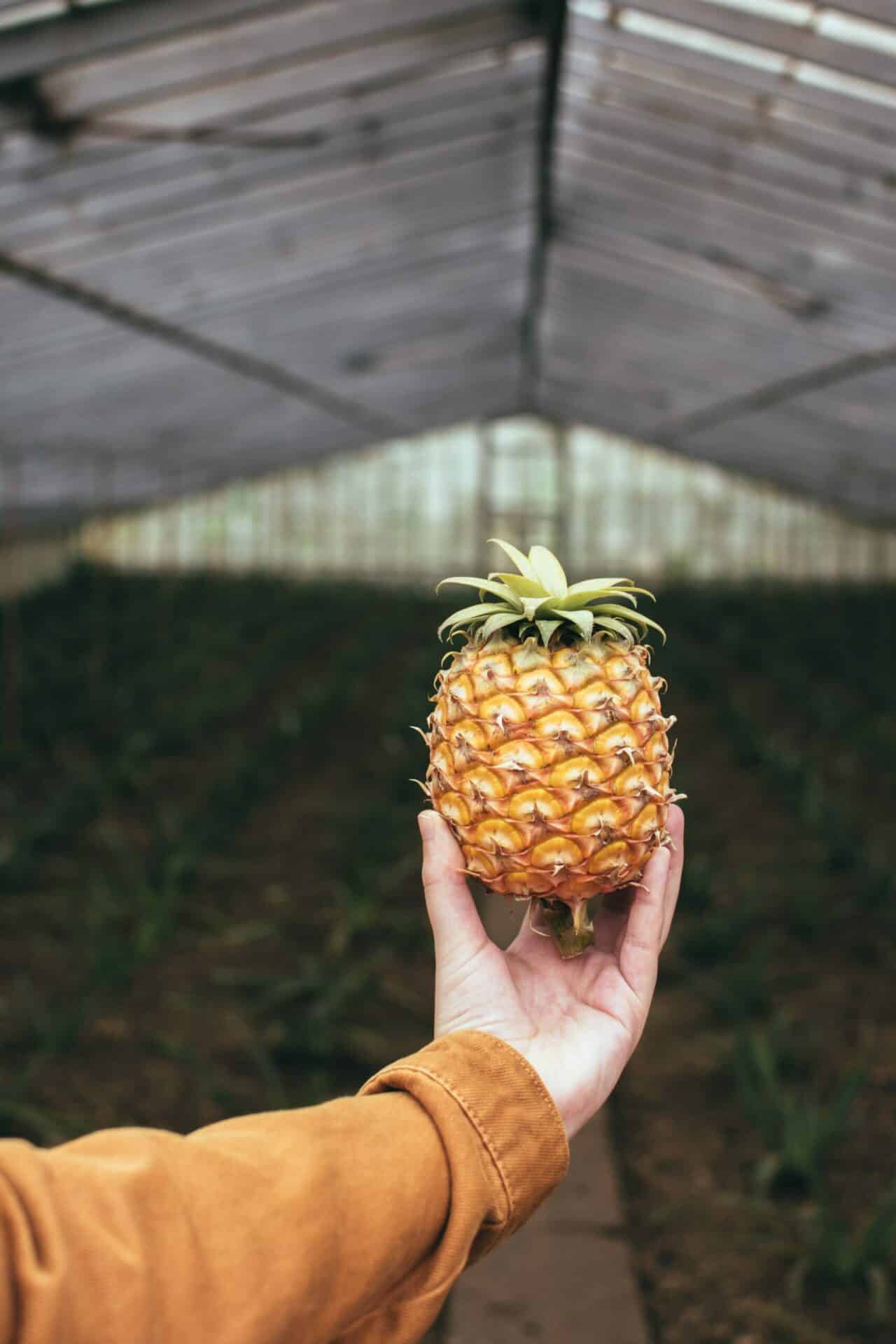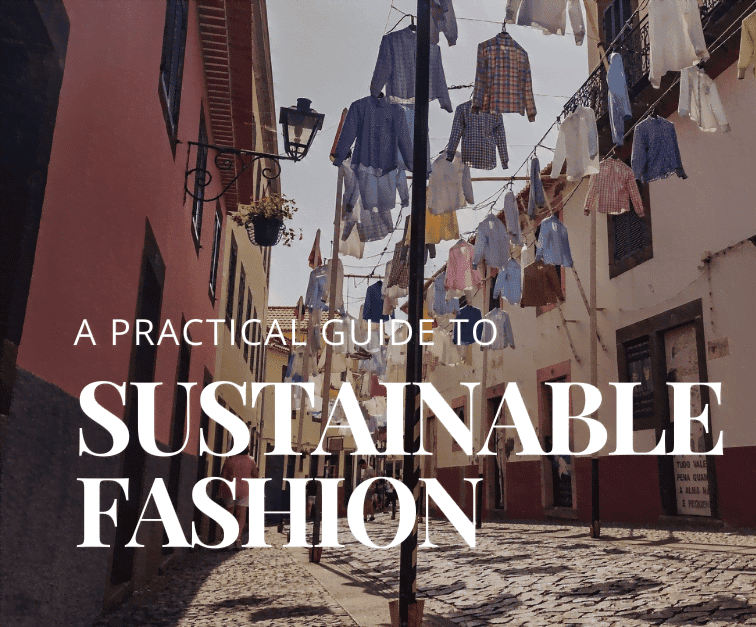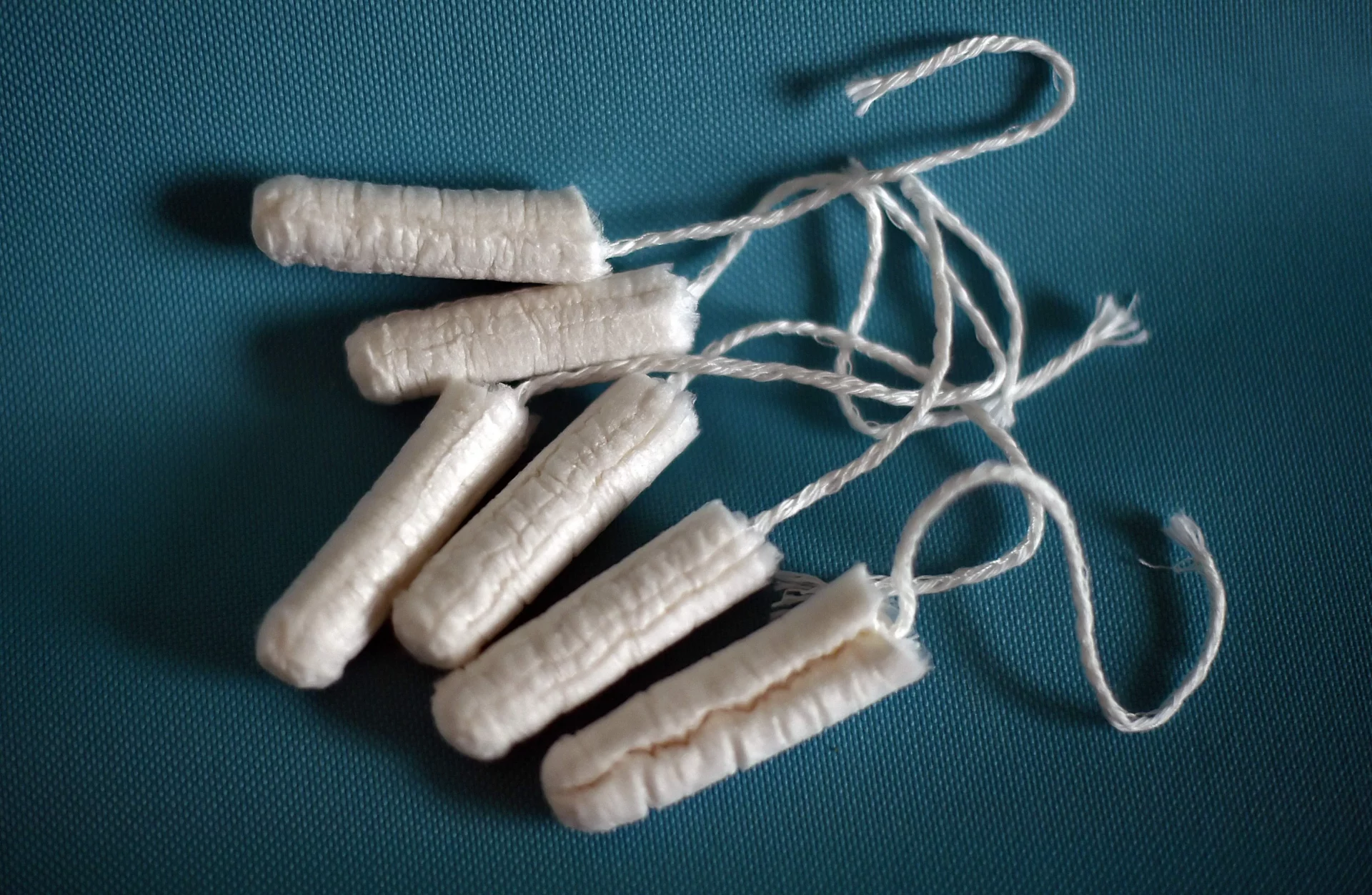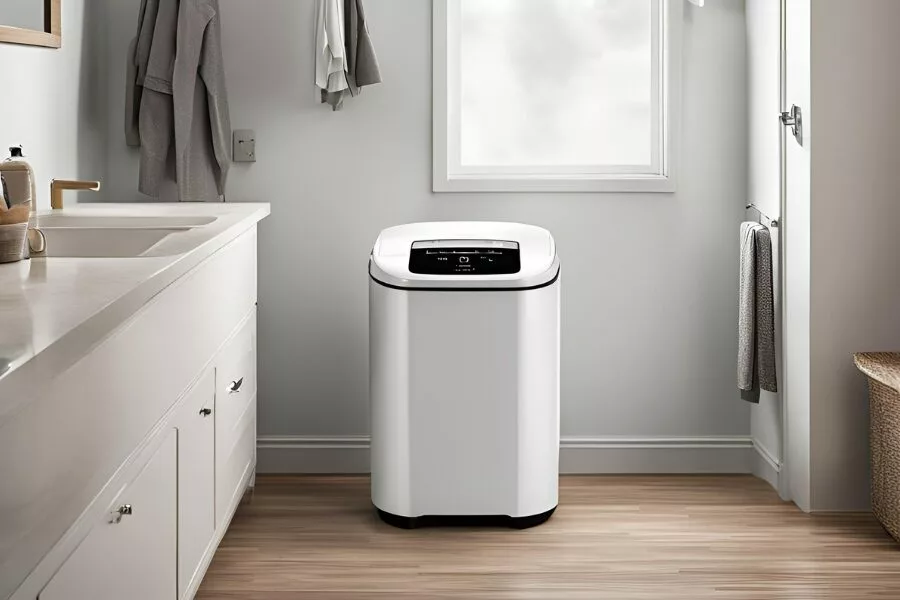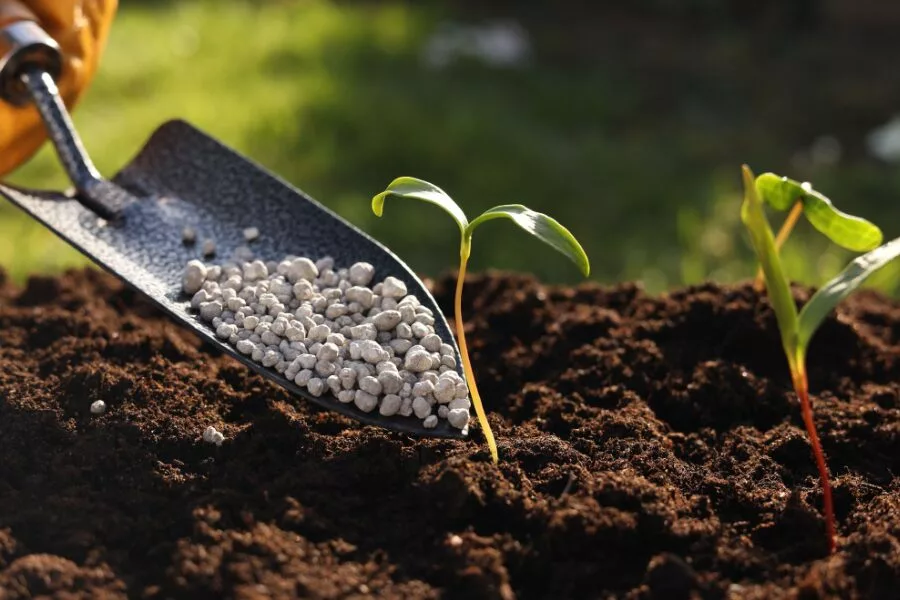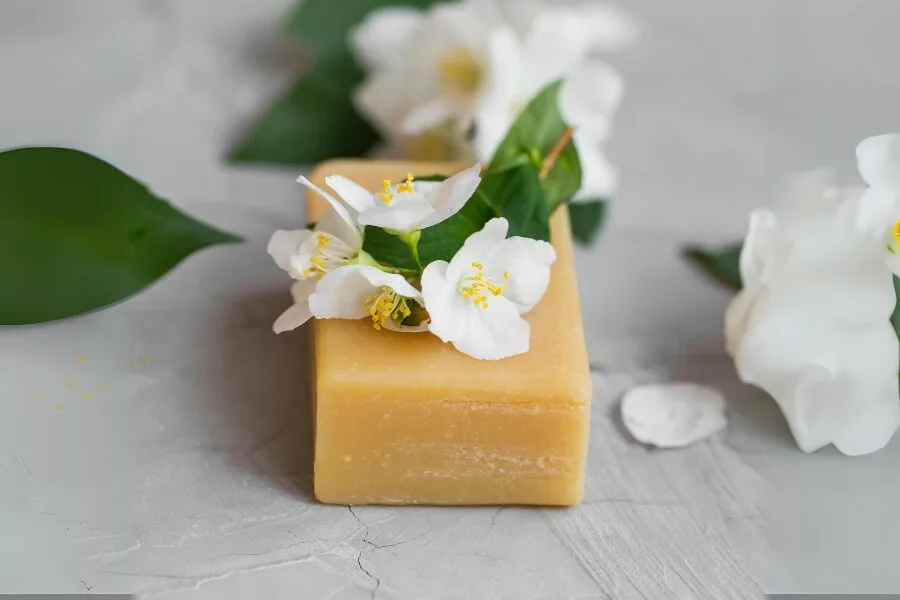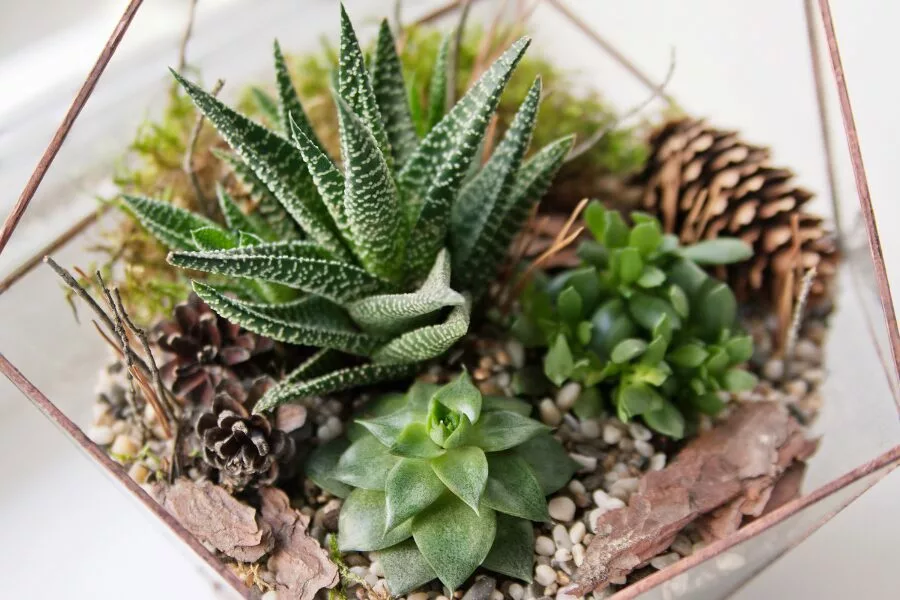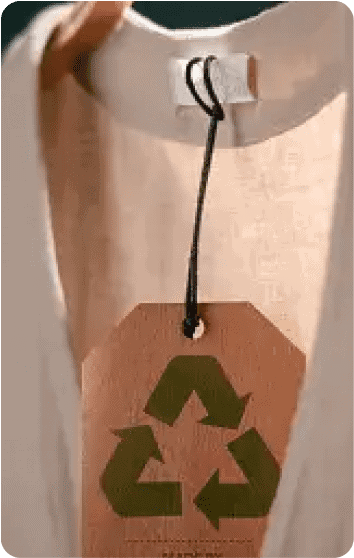Last Updated on July 30, 2024 by Shavy Jain
Ah, pineapple—sweet, tangy, and the perfect addition to everything from pizza to piña coladas. But do you ever wonder when pineapple season actually is? Understanding the peak season for this tropical fruit not only guarantees a fresher, more flavorful experience but also supports local farmers and reduces environmental impact. Read on to find the answers you’re looking for.

When is Pineapple Season?
Contrary to popular belief, pineapples don’t just grow year-round. While they are available in stores throughout the year due to global trade, pineapples have a specific harvest season depending on the region. In tropical areas like Costa Rica, the Philippines, and Thailand, pineapples are generally harvested from March to July. In subtropical regions, the season may slightly differ.
Factors That Affect Pineapple Seasonality
Climate and soil play significant roles in determining when pineapples are ready to be harvested. These tropical fruits prefer sandy, well-drained soil and a warm climate.
Where are Pineapples Grown?
Pineapples thrive in countries that offer tropical and subtropical climates. Major producers include Costa Rica, the Philippines, Thailand, and Hawaii in the United States. Knowing where your pineapple comes from can provide insights into its seasonal peak and overall quality.

Grow Your Own Pineapple: A Sustainable DIY Approach
If you’ve ever wanted to take your love for this tropical delight a step further, why not try growing a pineapple at home? While it’s a lengthy process requiring patience, the rewards are many. Plus, it’s an excellent way to embrace sustainability right in your backyard or even indoors!
Choosing a Pineapple
Start with a healthy pineapple. Make sure the crown (the leafy top) looks green and fresh. This part of the pineapple will serve as your “starter plant.”
Planting
- Remove the Crown: Twist off the crown from the fruit, leaving some fruit at the base.
- Prepare for Planting: Remove some of the lower leaves to expose the stem. Let it dry for a day or two to avoid rotting.
- Plant: Plant the crown in a pot filled with well-drained soil. Pineapples do well in sandy, loamy soil. Make sure the pot has drainage holes.
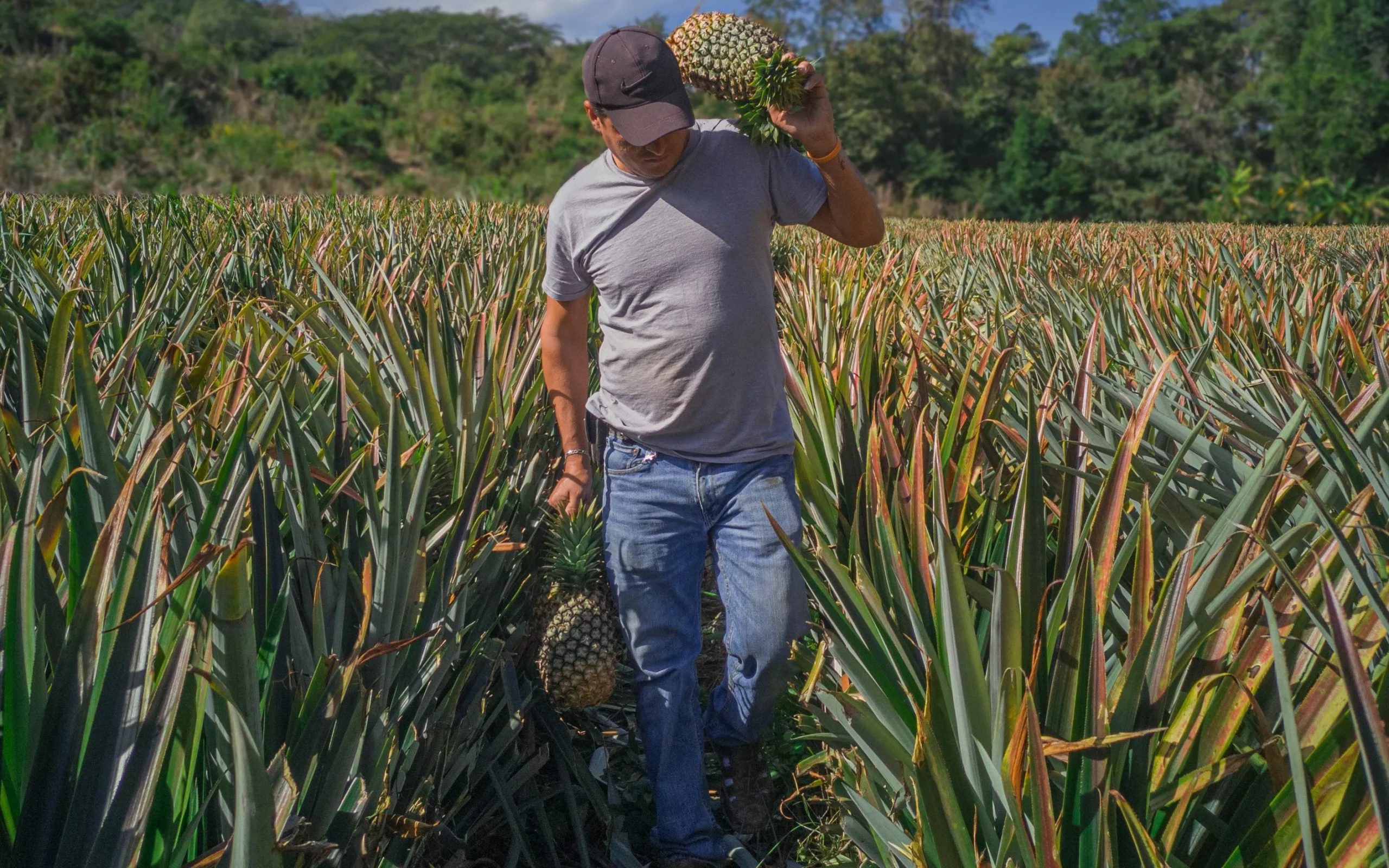
Organic Fertilizer Options
- Compost Tea: A well-balanced, nutrient-rich liquid that can be applied directly to the soil.
- Fish Emulsion: Provides essential nutrients and is readily available at garden centers.
- Worm Castings: Rich in nutrients and beneficial bacteria.
Watering and Light
Pineapples require minimal watering and love sunlight. Make sure your plant gets at least 6 hours of direct sunlight a day. Overwatering can lead to rot, so keep the soil moist but not soggy.
Harvesting
Patience is key! It can take up to 24 months for the first fruit to appear. But the wait is worth it for the freshest, most sustainably grown pineapple you’ll ever taste.
Environmental Benefits
Growing your own fruit minimizes the need for transportation and associated carbon emissions. Plus, by using organic fertilizers, you’re avoiding harmful chemicals that could seep into the soil and water supply.
Want to read more like this?
Get similar stories and a free sustainability checklist delivered to your inbox.

Like our content?
Get similar stories and a free sustainability checklist delivered to your inbox.

Enjoy The Kick of Pineapples Everyday
Obsessed with pineapples and don’t want to wait around? We got you! Enjoy the tangy kick and sweet relish of pineapples year around with these pineapple flavored items:

$28.88
Get the flavor of pineapple without the pineapple season with this pineapple and passionfruit-flavored drink. Made from 100% natural ingredients, it contains no added sweeteners, colors, or flavors, providing a refreshing and authentic taste experience.

$14.95
Enjoy the taste of pineapple year-round with Dolce Foglia’s pineapple flavoring oil. This concentrated oil delivers an authentic pineapple flavor, perfect for baking, cooking, and beverages. Ideal for a variety of dishes, it offers a convenient way to infuse your recipes with a tropical flavor, regardless of the season.

$25.00
Bring a tangy kick and tropical flair to your drinks with Camp Craft Cocktails’ pineapple mix. This dehydrated blend makes it easy to add pineapple flavor to your cocktails and mocktails, without needing fresh fruit. Ideal for quick preparation, it delivers a consistent, vibrant pineapple taste in every serving.

$14.20
Enjoy the refreshing taste of pineapple with Crush Pineapple Soda. This beverage delivers a bold pineapple flavor in a convenient, carbonated form. Ideal for quenching your thirst or adding a tropical twist to your drink options, it provides a sweet, fruity experience that’s ready to enjoy anytime.
Why is Seasonal Pineapple Consumption Important?
Freshness and Flavor
There’s a stark difference between a pineapple picked at its prime and one that’s been stored in a warehouse for months. The former offers a sweetness and tanginess that the latter just can’t match.
Nutritional Benefits
A pineapple harvested in its peak season is more nutritionally dense, offering higher levels of vitamins and minerals.
Environmental Impact
Transporting fruits long distances contributes to their carbon footprint. By choosing local and seasonal produce, you’re promoting a more sustainable food system.

Supporting Local Farmers
Farmers get a fair price for their produce when it’s sold in season. That can be a win-win situation for both the consumer and the producer.
Sustainable Pineapple Farming
Pineapple farming has its share of environmental concerns, such as soil erosion and pesticide use. Look for labels and certifications like Fair Trade and Organic to ensure you’re supporting sustainable farming practices. These labels mean the farmers use eco-friendly methods that are better for both the planet and the workers.
Zero Waste and Pineapple: More than Just a Fruit
Ever thought about what happens to the pineapple leaves, core, and skin? Instead of throwing these parts away, let’s talk about zero waste.
Zero-Waste Pineapple Recipes
- Pineapple skin tea: Boil the skins with a bit of cinnamon and ginger.
- Pineapple core smoothie: Don’t discard the core; blend it into a nutritious smoothie.

Crafts and Other Uses
- Pineapple leaves as a natural scrubber: Instead of using plastic scrubbers, use pineapple leaves.
- Pineapple skin as a bowl: Scoop out the flesh and use the skin as a decorative bowl for fruits or desserts.
How to Pick the Ripest Pineapple?
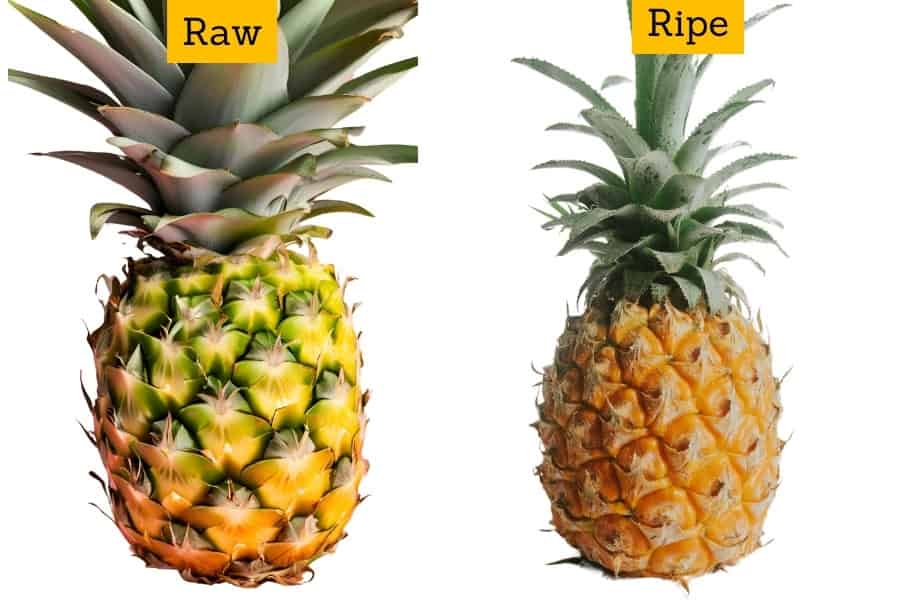
When it’s finally pineapple season, you’ll want to get the best of the lot. Look for pineapples with fresh, green leaves and a firm, golden-brown skin. A sweet aroma is a good indicator of ripeness. Once bought, it can be stored in the refrigerator for up to five days.
Conclusion
So, when is pineapple season? Well, it depends on where you are and where your pineapples come from. However, knowing the season can significantly enhance your culinary experience while also supporting local farmers and the environment.
The next time you shop for pineapples, make it a point to look for sustainable options, and remember, the fruit has more to offer than just its juicy flesh. Happy pineapple season!
Interested in making your garden and home more sustainable? Don’t miss our Home & Lifestyle blogs for expert insights on sustainable gardening and farming. Click here to explore now!

